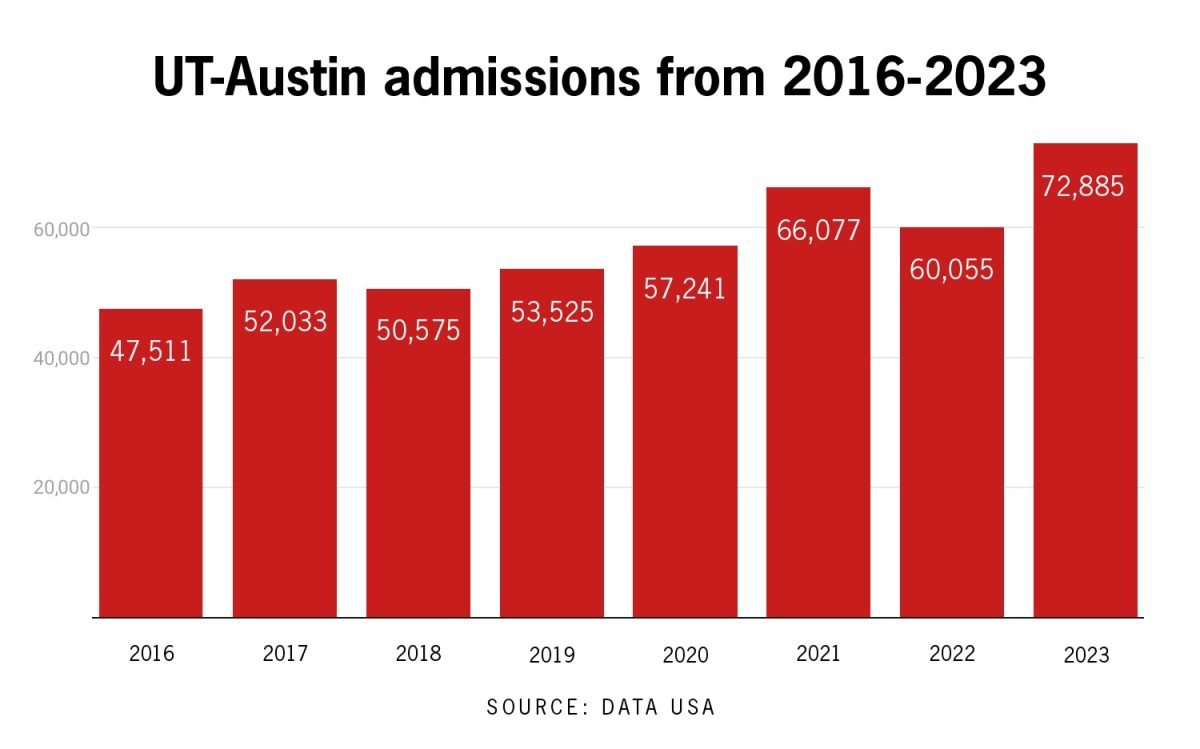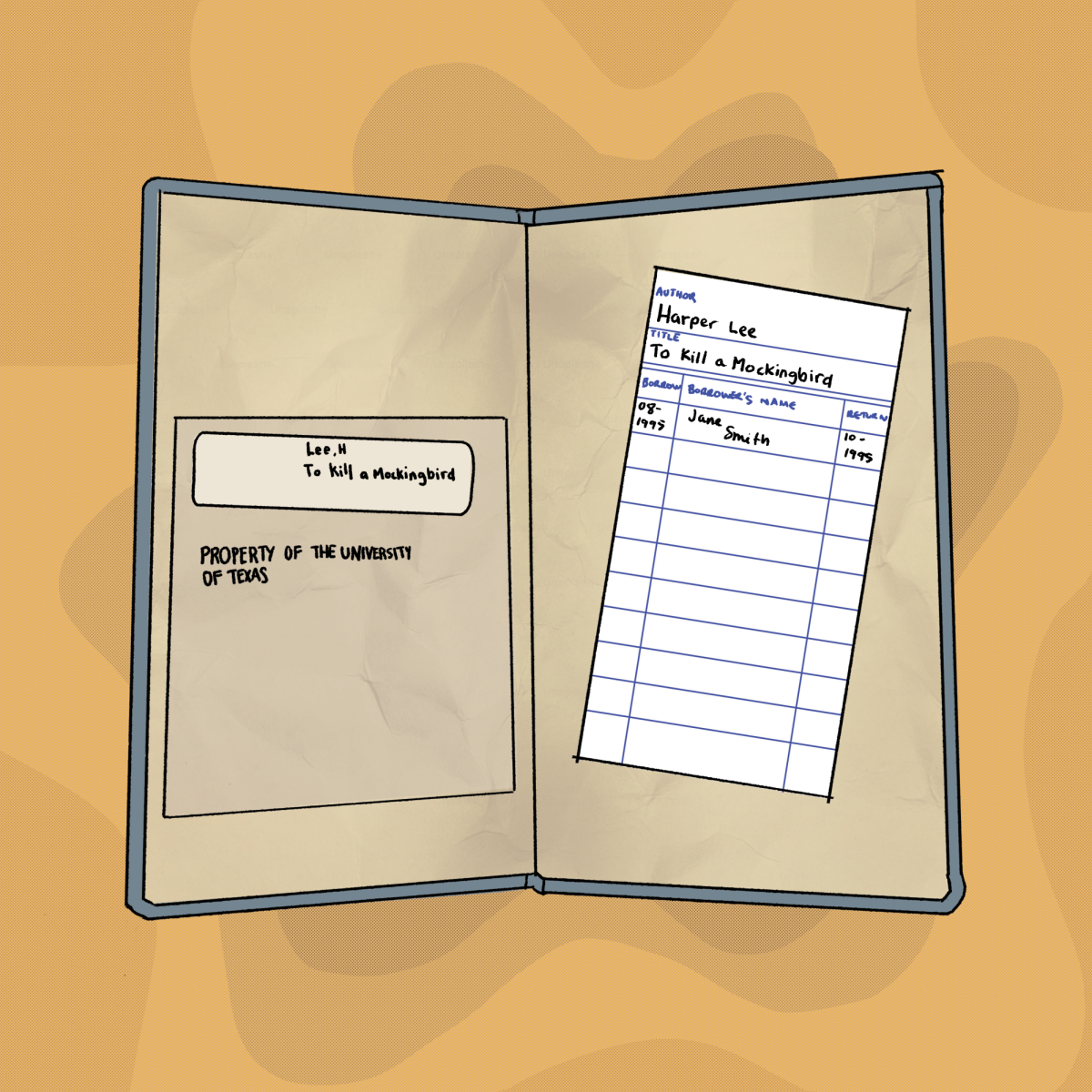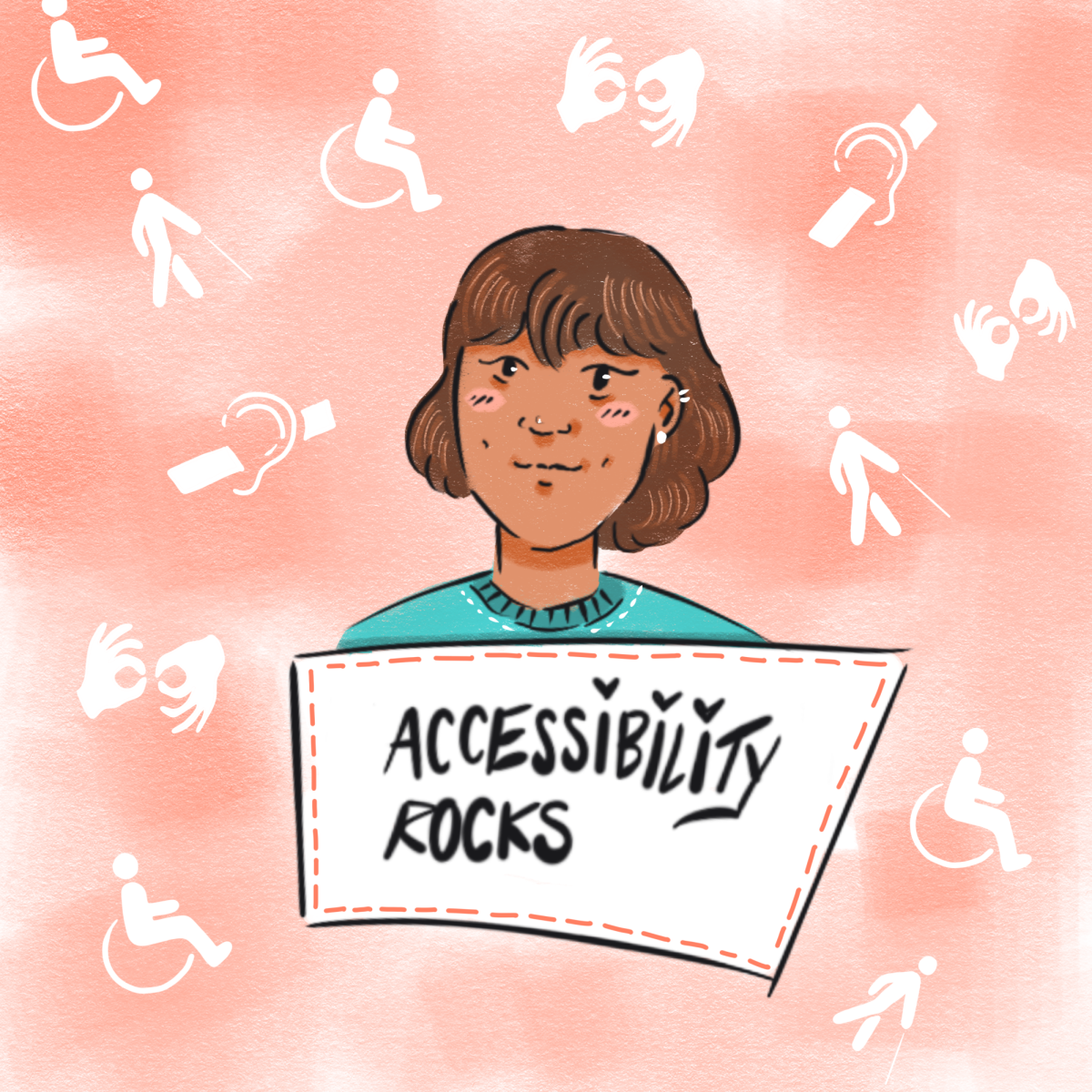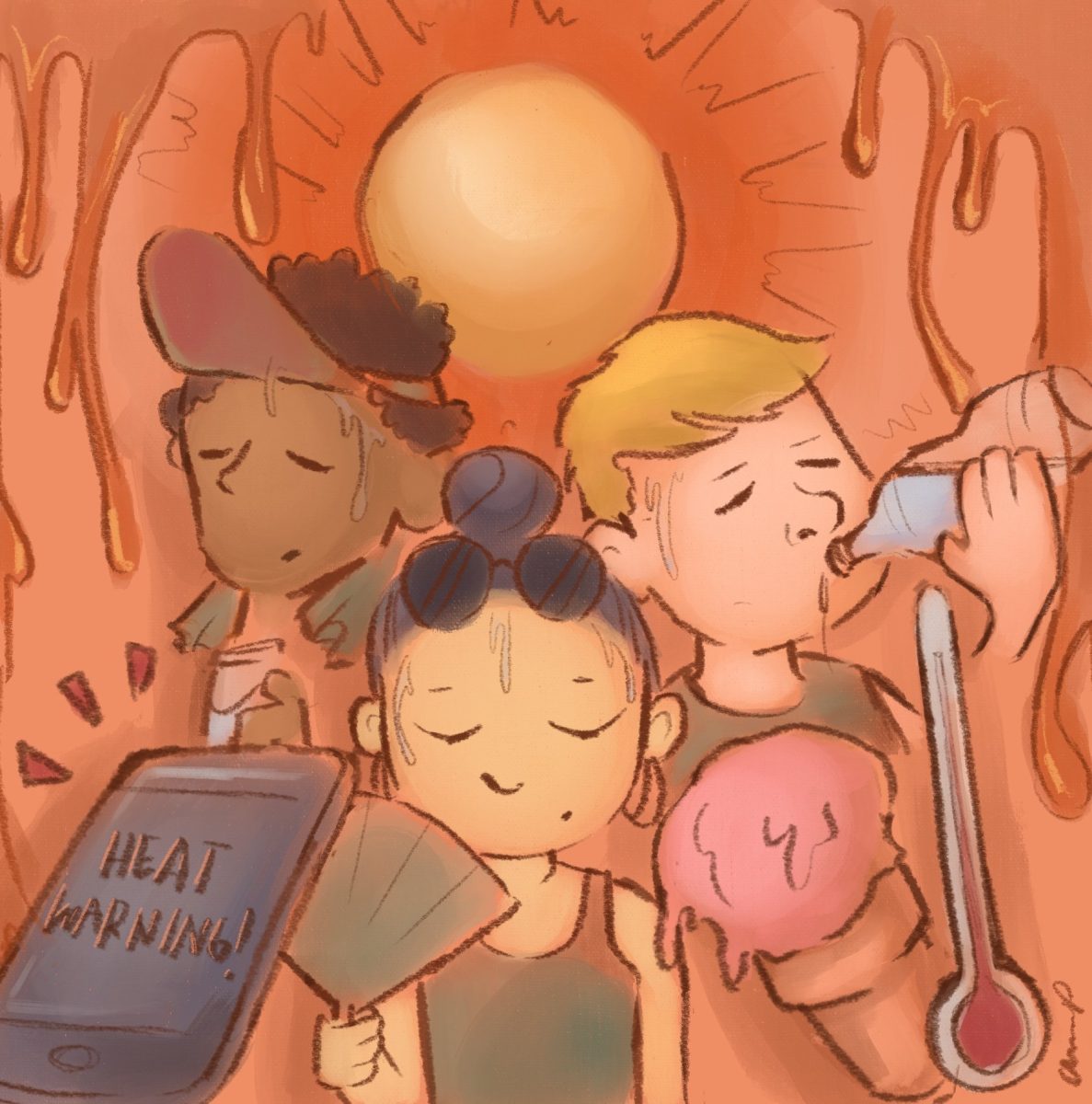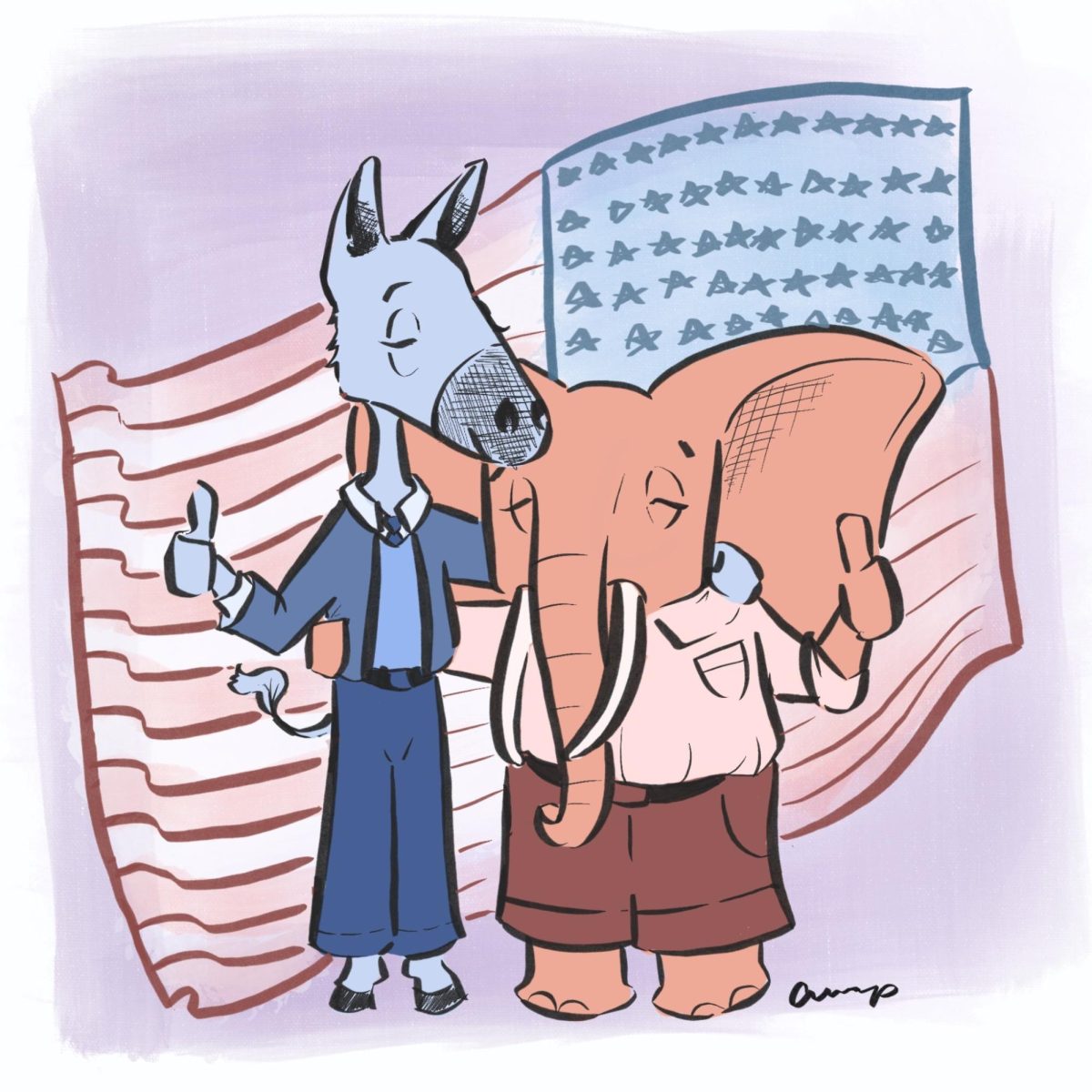For over 20 years, top-scoring students within each Texas public school district have been guaranteed automatic acceptance into the University. Starting in 1997, any Texas high schooler with a GPA in the top 10% of their graduating class could receive automatic admission to state universities, but this threshold has steadily lowered over the years. Applying to UT is only getting more competitive, with a record amount of freshman applicants for fall of 2024 reaching upwards of 72,000.
UT President Jay Hartzell announced in his State of University Address on Sept. 18 that starting in the fall of 2026, the auto admissions policy will only grant automatic acceptance to the top 5% of each graduating class.
“The student demand is so high we actually had to change the automatic admission cutoff, from the top 6% to top 5%,” Hartzell said in the address. “It’s not just that Texas is growing, which it is, but more and more of those top students want to be here. And that’s a great problem to face.”
Automatic admissions started with Hopwood v. Texas in 1996, which challenged affirmative action and ended in a ruling that the UT’s School of Law could not use race as a factor in admissions. This meant the University needed different ways to diversify its student population.
In response, the Texas Legislature passed the 1997 “Top Ten Percent Law,” which guaranteed admission at a Texas state university to anyone who graduated from a Texas high school in the top 10% of their class. But Texas is one of the fastest-growing states in population, which means larger high schools, more students graduating each year and more applicants than ever. In 2009, the legislature adjusted the rules to require the University to accept 75% of its in-state students based on their high school rank but allow them to change the cutoff for automatic admissions as needed.
In 2017, the University lowered the cutoff from top 7% to 6%.
“There’s no question it’s getting harder and harder to get admitted to UT,” said Victor Saenz, associate dean for Student Success, Community Engagement and Administration.
With varying types of high schools, standing out as an applicant from a less affluent area becomes more difficult outside of grades. Considering limitations on extracurricular activities, meeting the threshold for auto admission is one of the ways the system accounts for fairness within the state flagship’s admissions.
“The top 5% is drawing the line for every single high school in the state of Texas,” Saenz said.
“It allows a young person to be able to thrive within that local context.”
However, automatic acceptance does not mean automatic attendance, as students across the state face barriers in finances and resources.
“This policy doesn’t guarantee that you’re going to have the financial capacity and stability to be able to attend,” said Rachel White, associate professor of Educational Leadership and Policy.
“Even if the top 5% of students — get auto admissions to UT Austin, that doesn’t mean that all of them are going to come here.”
Students have access to programs at UT that include free tuition for students under a certain economic threshold, and there are school-administered scholarships such as Dell Scholars and UT for Me that can make the University more accessible. On Nov. 21, the Board of Regents expanded free tuition to any student whose household has a gross income of under $100,000.
However, in interviews before the Nov. 21 decision, Saenz and White said there is still much that can be done.
“Students from areas that have traditionally been underserved in K-12 are still not sending students to UT-Austin at a higher rate,” White said. “To me that says there’s got to be other things that we need to do beyond just the auto admissions policy.”
Applicants looking to be accepted into the remaining non-auto-admit spots — 10% of all admissions are reserved for out-of-state students and 25% of in-state admissions go to students outside of the top 5% — face the challenge of disparities when being compared to other students in a holistic review. Holistic admissions look beyond class rank and include students’ test scores, achievements, experiences and essays as factors in admissions, as well as nuances of a person’s situation, circumstance and position beyond academic achievement.
“(Holistic admissions) has to be about thinking about potential, but also thinking about equity and equity of access to the University,” White said. “The University is going to need to be cognizant of the rubrics or what they use in the more holistic admissions process to make sure that it’s not going to lead to any sort of biases towards students that are already from high schools that have more wealth.”
Public relations freshman Laiba Zindani’s goal throughout high school was to make it into the top 6% to ensure admission to the University after she watched her sister get automatically admitted to UT. Zindani said she did the International Baccalaureate program partially because she liked the curriculum but also to take classes to maximize her GPA.
“(Automatic admissions) creates that culture where grades define you, and that can cause a lot of academic stress and pressure on yourself,” Zindani said. “That’s something that I don’t love about it, because I know I went through all of that stress and I was freaking out about my grades all the time because I was like, ‘I need to be top 6%.’”
The “GPA game” frames the way many high-achieving students approach their high school classes.Methodized course selection can provide the highest possible average, but sometimes at the expense of classes students could consider a field in.
“People just aren’t going to be able to take a lot of classes that they’re interested in (during high school),” business honors freshman Meghana Kunapareddy said. “I feel like (lowering the cutoff) is going to lead to a lot of kids dropping extracurriculars because they count as a lower GPA when factored in.”
On the other hand, students who aren’t able to get into the top percentage for auto admit are pressured more than ever to double down on strengthening their portfolios and activities. Zindani didn’t end up making it into the top 6%, so she focused on other elements that could help
her application.
“In my head, I was always preparing for the fact that if I’m not auto-admit, I need to have something else that helped me stand out, so I really focused on my extracurriculars,” Zindani said.
With UT getting more competitive, however, even auto admission doesn’t guarantee placement into one’s chosen major. Neuroscience sophomore Kritika Ramesh said this pushed her to focus on more than GPA in her college applications, even though she was in the top 6%.
“I definitely knew that I wanted to be in the top 6% to give myself the most competitive edge,” Ramesh said. “But the auto admit process is only guaranteeing you a spot at UT … so I still had to do other extracurriculars that showcase my passions.”
As the University continues to grow, the auto admissions policy remains one of the many complex layers necessary to consider upon application. Students like Ramesh note that, through a well-rounded resume, highlighting passion and personal achievements, it’s important to showcase more than just GPA when applying, even for students who are automatically admitted.
“(In the upcoming years) it’s harder and harder to get into UT — that’s a reality and we can’t control that,” Saenz said. “What we can control is ensuring that our efforts to recruit the best and the brightest remain, that we are also equitable in the way that we cast a wide net to ensure that all communities are represented, or at least have the opportunity to be represented.”

